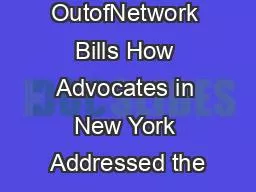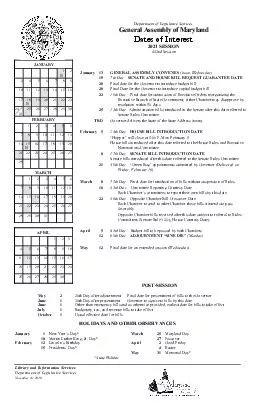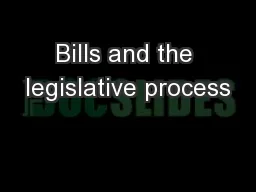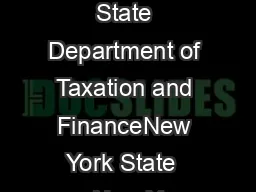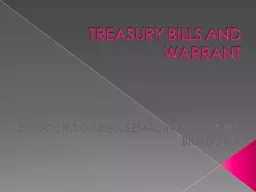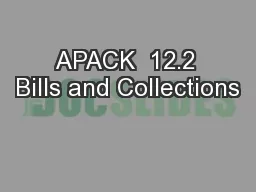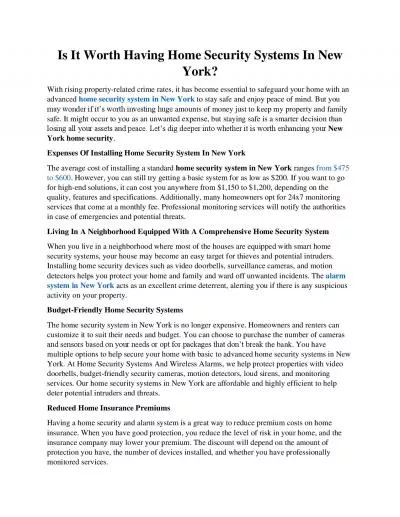PDF-Surprise OutofNetwork Bills How Advocates in New York Addressed the
Author : bitsy | Published Date : 2021-10-08
storiespdf SUMMARY A recent legislative victory in New York provides consumers with the strongest protections in the nation against surprise outofnetwork medical
Presentation Embed Code
Download Presentation
Download Presentation The PPT/PDF document "Surprise OutofNetwork Bills How Advocate..." is the property of its rightful owner. Permission is granted to download and print the materials on this website for personal, non-commercial use only, and to display it on your personal computer provided you do not modify the materials and that you retain all copyright notices contained in the materials. By downloading content from our website, you accept the terms of this agreement.
Surprise OutofNetwork Bills How Advocates in New York Addressed the: Transcript
Download Rules Of Document
"Surprise OutofNetwork Bills How Advocates in New York Addressed the"The content belongs to its owner. You may download and print it for personal use, without modification, and keep all copyright notices. By downloading, you agree to these terms.
Related Documents

